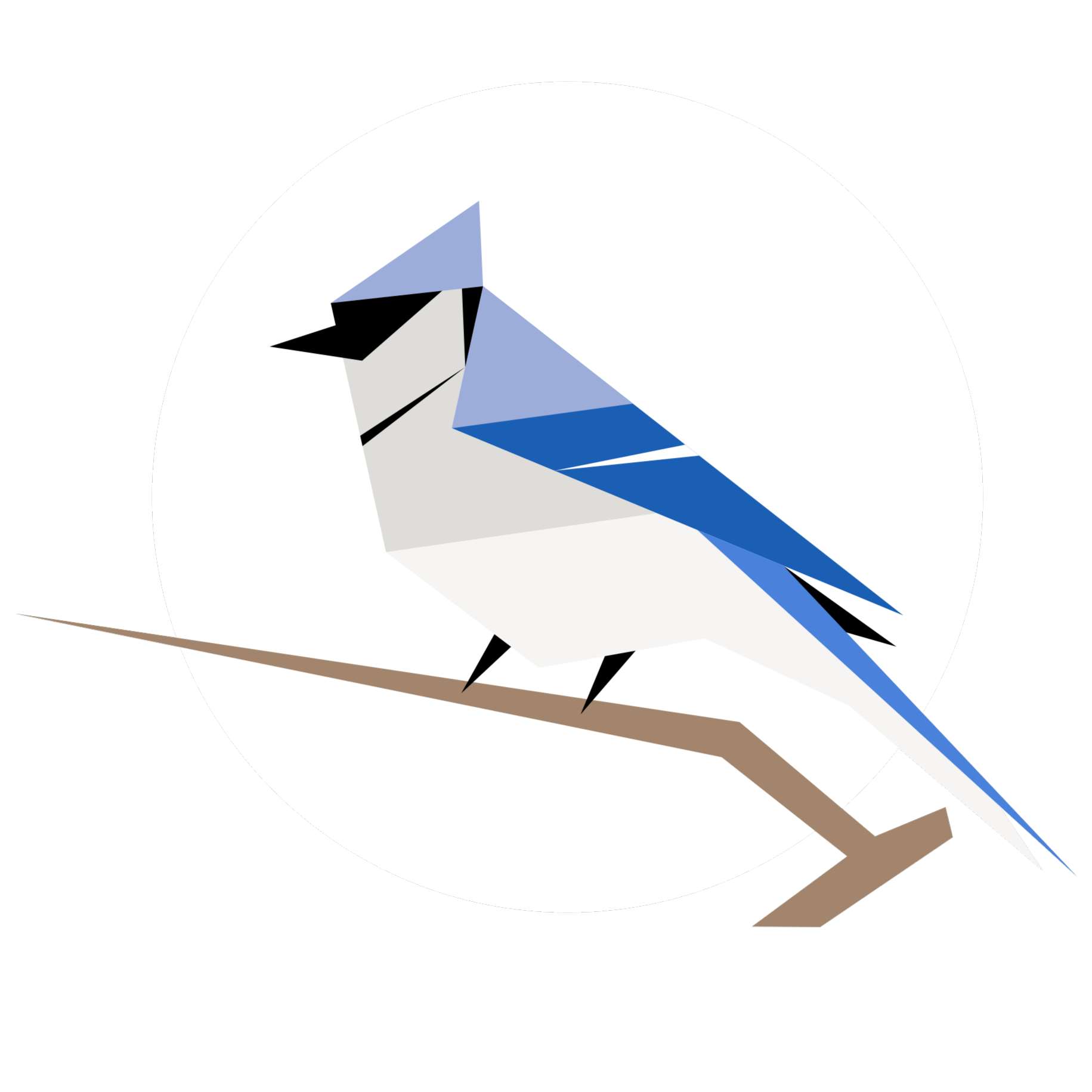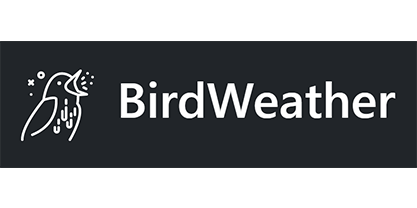AI-powered bioacoustics, at scale.
BirdNET uses deep learning to recognize thousands of animal species from their vocalizations, powering research, monitoring, and citizen science around the world.
BirdNET is a collaboration between the K. Lisa Yang Center for Conservation Bioacoustics at the Cornell Lab of Ornithology and Chemnitz University of Technology.
What is BirdNET?
BirdNET is a research platform and family of tools that make it possible to detect, classify, and explore animal sounds using state-of-the-art neural networks.
From smartphone apps to large passive acoustic monitoring arrays, BirdNET supports workflows for birders, conservationists, and scientists.
For everyone
Mobile & web apps
Record a bird and get instant identification suggestions on iOS, Android, or the BirdNET Sound ID website.
Learn moreFor research
BirdNET-Analyzer
Process large acoustic datasets, extract detections, and build sophisticated workflows for long-term biodiversity monitoring.
Explore AnalyzerFor developers
Open-source tools
Python, R, embedded, and web tools let you integrate BirdNET models into your own hardware and analysis pipelines.
View toolsExplore the BirdNET ecosystem
Tools, datasets, publications, and community projects driving acoustic biodiversity insights.

BirdNET-Analyzer
The workhorse engine for applying BirdNET models to large audio datasets. Built for scientific workflows and long-term monitoring.
- Scales from pilot studies to multi-year deployments.
- Detections with timestamps, species labels, confidence scores.
- Geographic + temporal filters for realistic species lists.
- CLI and GUI workflows.
Large-scale processing
Handles thousands of hours from passive acoustic networks.
Latest models
Recognizes thousands of species worldwide.
Flexible outputs
CSV and other formats for Python / R / GIS workflows.
Community ecosystem
Growing scripts and guides for monitoring pipelines.
Open-source tools
BirdNET models power a suite of libraries and platforms across Python, R, embedded systems, and field devices.
Explore toolsCommunity showroom
BirdNET powers devices, apps, and creative platforms built by a growing community.
Explore showroomMore projects featured on the showroom page.
Knowledge Base
Deepen your understanding of BirdNET through our collection of scientific publications, educational resources, and community guides.
About the projectPublications
Read our latest research papers and scientific contributions to the field of bioacoustics.
View publicationsOnline resources
Explore video tutorials, articles, and community-driven guides to help you get the most out of BirdNET.
Explore resourcesK‑12 learning
Discover educational activities, tutorials, and projects designed for classrooms and young learners.
Learn moreJoin the effort
BirdNET is a community-driven project. Whether you're a researcher, developer, or bird enthusiast, your contribution helps us advance conservation bioacoustics.






